BBC NI crime and justice correspondent
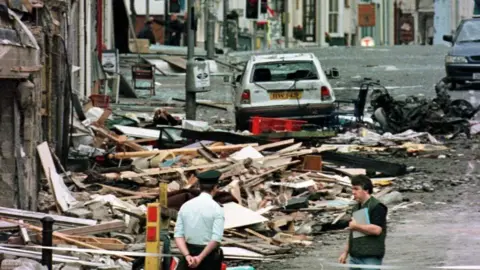 PA/ Paul McErlane
PA/ Paul McErlaneThe initial stage of the Omagh Bombing Inquiry opens on Tuesday.
The hearing will commemorate the lives of the 29 people murdered in the County Tyrone bombing, including a woman expecting twins.
The attack, carried out in 1998 by the Real IRA, was the biggest single atrocity of the Troubles.
Detailed pen portraits of the victims will be read out during the hearing, in many instances by their relatives.
People injured or affected by the bombing will give testimony during four weeks of evidence.
The WAVE Trauma Centre is offering support to witnesses and their families “at a stressful and traumatic time”.
Its chief executive Sandra Peake said: “Reliving that day will be harrowing.
“For all those impacted on that terrible day, the bombing is anything but a distant memory.
“It lives with them every day.”
The inquiry seeks to determine whether the bombing could have been prevented by UK state authorities.
The commemorative hearings begin at Strule Arts Centre in Omagh on Tuesday.
Some relatives have agreed to give testimony directly – in other instances their statements will be delivered by lawyers.
Inquiry chairman Lord Turnbull has said he wants to understand “the terrible consequences people suffered because of the bomb”.
Hearings will be held up to four days a week and are expected to finish on 20 February.
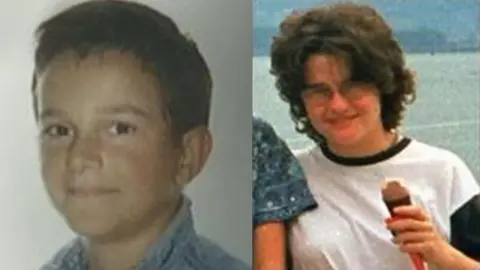 Family
FamilyThe first day will remember two victims from Madrid, Spain.
Twelve-year-old Fernando Blasco Baselga was in Omagh for a visit to the Ulster American Folk Park.
Rocio Abad Ramos, 23, was also part of the same language exchange group which had been based in Buncrana in County Donegal.
A preliminary hearing was held last July, at which Lord Turnbull pledged to undertake his task “rigorously and fearlessly”.
The Irish government has promised to co-operate with the inquiry – the bombers launched the attack from across the border.
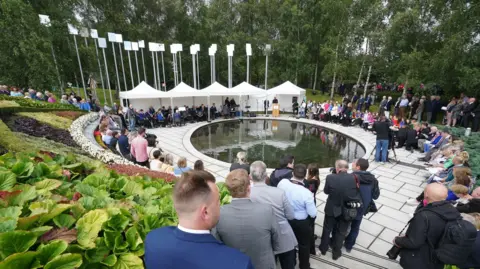 Brian Lawless/PA Wire
Brian Lawless/PA WireWhat was the Omagh bomb?
The Omagh bomb exploded in the town centre on a busy Saturday afternoon on 15 August 1998.
The streets were packed with shoppers, including families who were buying uniforms and other supplies as children were due to return to school after summer.
The attack took place four months after the signing of the 1998 Good Friday Agreement.
Also known as the Belfast Agreement, the international peace deal helped to bring an end to 30 years of violence in Northern Ireland, knowns as the Troubles.
The treaty had ushered in a period of hope and optimism but not everyone involved in the conflict supported the outcome of the peace talks.
The Real IRA (RIRA) – a dissident republican paramilitary group – had disagreed with the decision of the much larger Provisional IRA to call a ceasefire ahead of the talks.
It set up its own faction and continued to plant car bombs in towns across Northern Ireland, some of which exploded causing multiple injuries.
But the Omagh bomb was by far the RIRA’s most deadly attack.
Nine children, including a baby, were among the dead.
More than 200 other people were wounded, some of whom survived with life-changing injuries.
Who carried out the Omagh bomb?
Three days after the 1998 attack, the Real IRA released a statement claiming responsibility for the explosion.
It apologised to “civilian” victims and said its targets had been commercial.
Almost 27 years on, no-one has been convicted of carrying out the murders by a criminal court.
A handful of men have been prosecuted on charges linked to the attack but each of them were either acquitted or had their convictions overturned on appeal.
With no criminal convictions secured, the victims’ families then begin a landmark civil case, suing five men they alleged were involved in the bombing.
In 2009, the judge in that case ruled four of the men – Michael McKevitt, Liam Campbell, Colm Murphy and Seamus Daly were all liable for the Omagh bomb.
The four men were ordered to pay a total of £1.6m in damages to the relatives, but appeals against the ruling delayed the compensation process.
A fifth man, Seamus McKenna, was acquitted in the civil action and later died in a roofing accident in 2013.
Michael McKevitt, who was alleged to have been the leader of the Real IRA at the time of the bombing, died in 2021 having been diagnosed with cancer.
He had spent 15 years in jail after an Irish court convicted him of directing terrorism, a new offence introduced by the Irish government in response to the Omagh bomb.
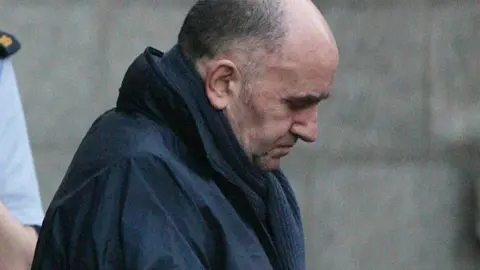 PA/Niall Carson
PA/Niall Carson
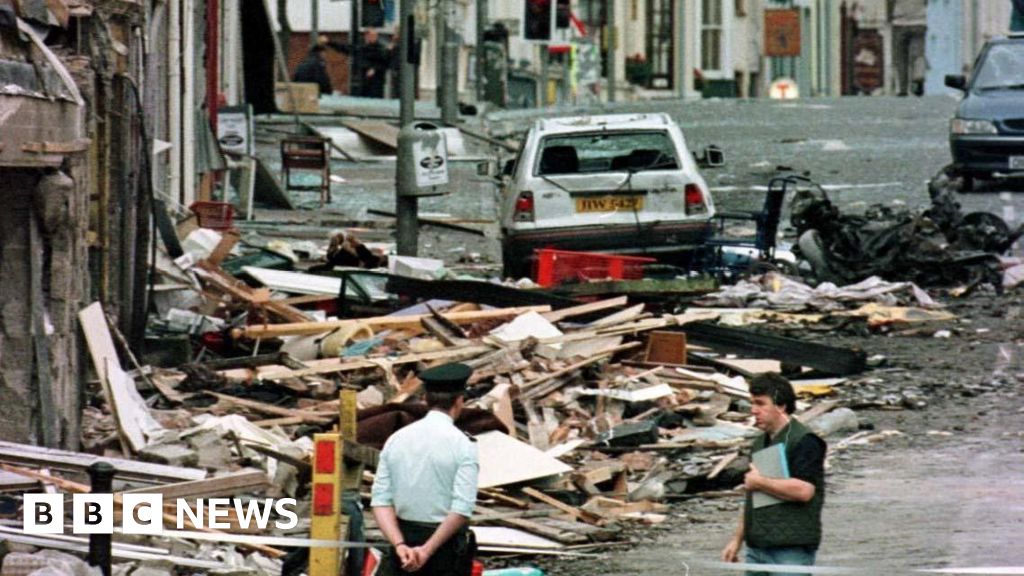



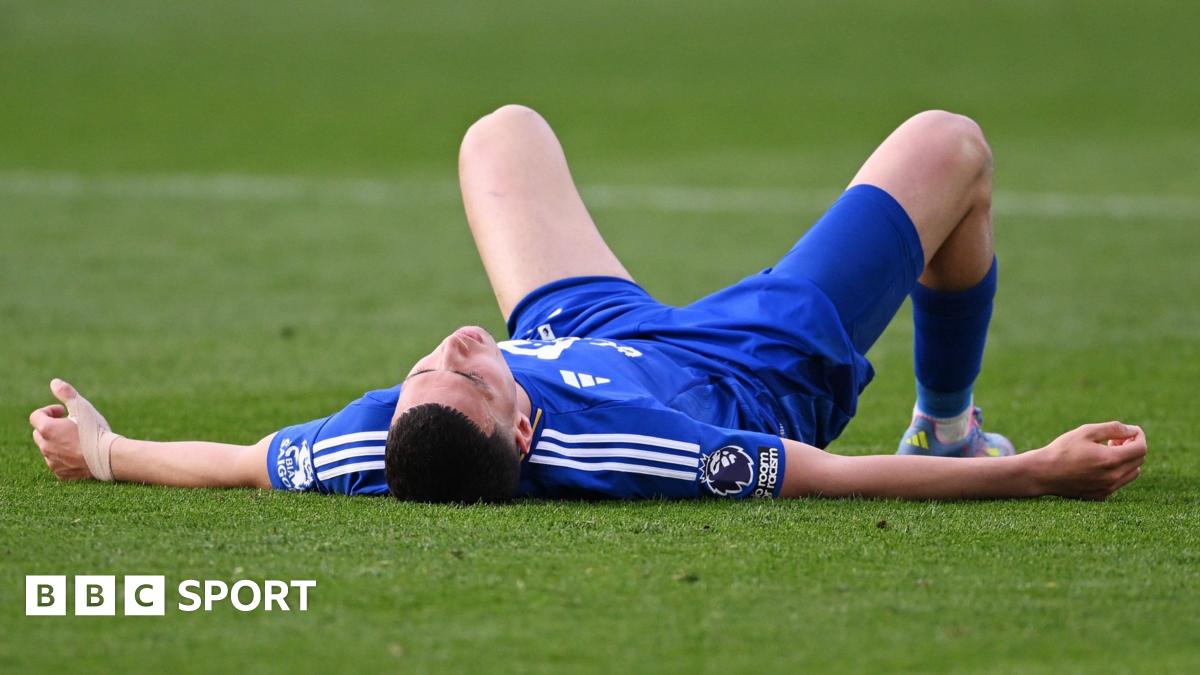

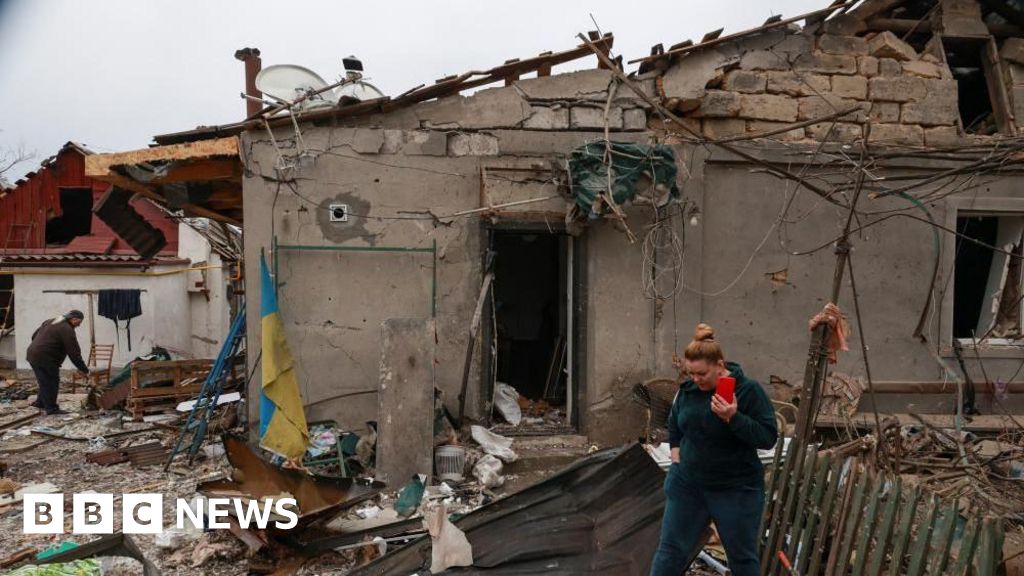

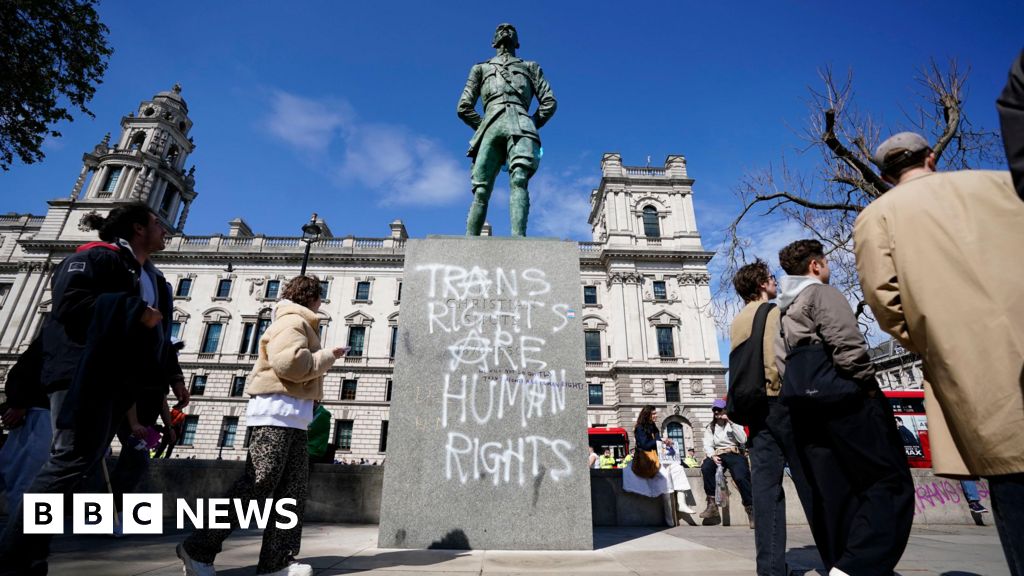
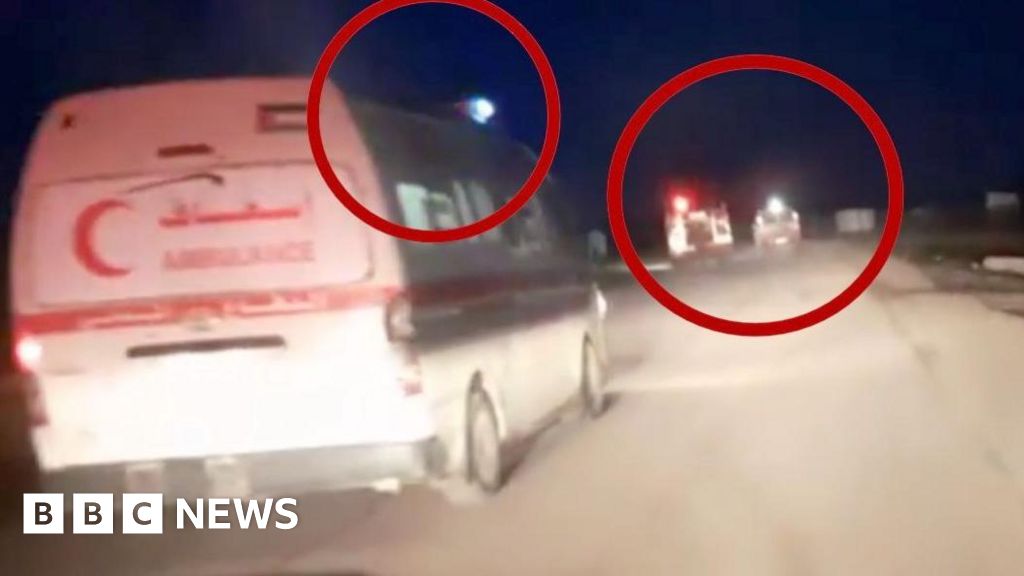
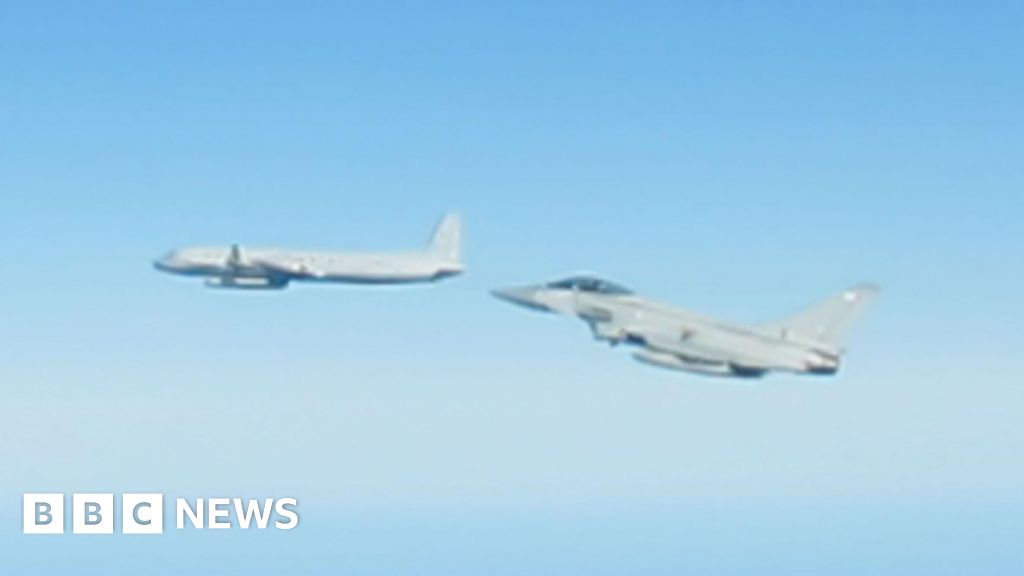
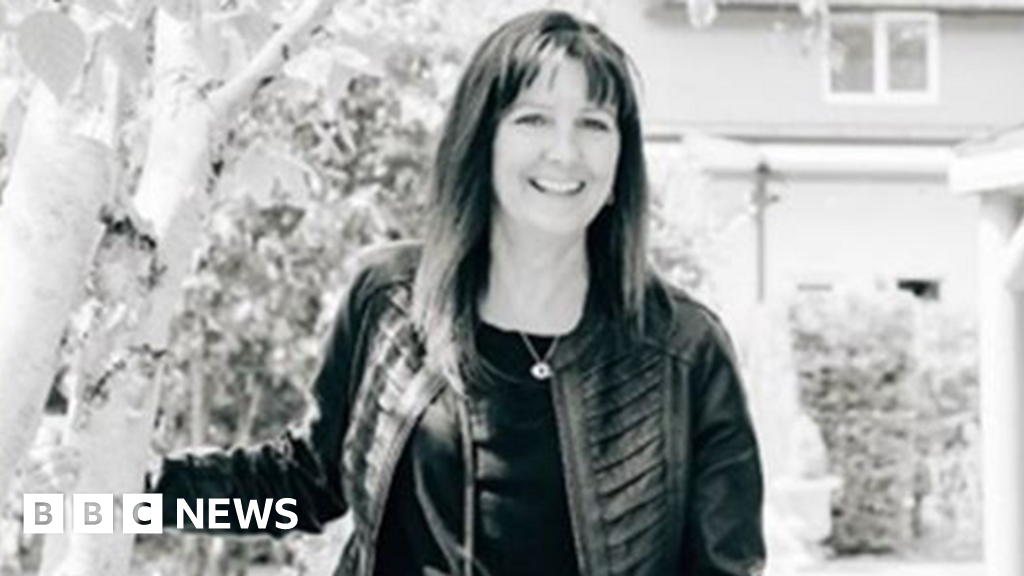




Leave a Reply